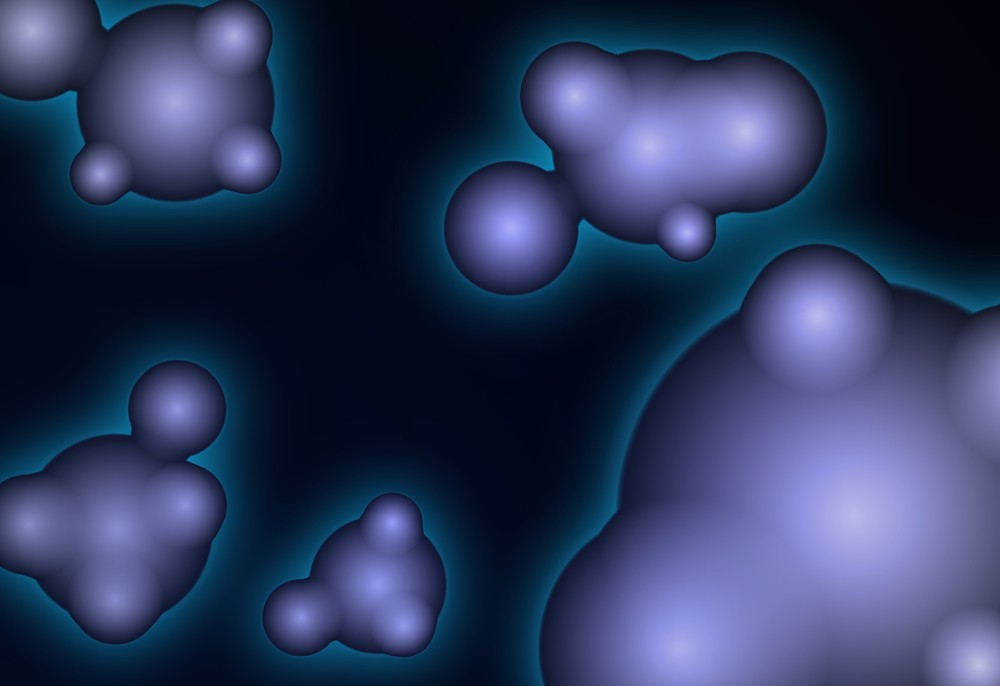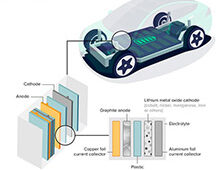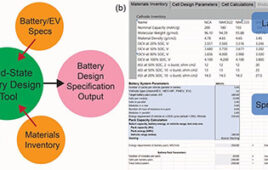
Virginia Commonwealth University researchers have discovered a novel strategy for creating superatoms — combinations of atoms that can mimic the properties of more than one group of elements of the periodic table. These superatoms could be used to create new materials, including more efficient batteries and better semiconductors; a core component of microchips, transistors and most computerized devices.
Batteries and semiconductors rely on the movement of charges from one group of atoms to another. During this process, electrons are transferred from donor atoms to acceptor atoms. Forming superatoms that can supply or accept multiple electrons while maintaining structural stability is a key requirement for creating better batteries or semiconductors, said Shiv Khanna, Ph.D., Commonwealth Professor and chair of the Department of Physics in the College of Humanities and Sciences. The ability of superatoms to effectively move charges while staying intact is attributed to how they mimic the properties of multiple groups of elements.
“We have devised a new approach in which one can synthesize such metal-based superatoms,” Khanna said.
In a paper published in Nature Communications last week, Khanna theoretically proved a method of building superatoms that could result in the creation of more effective energetic materials. The work was funded by the Air Force Office of Scientific Research.
“Semiconductors are used in every sphere of life,” Khanna said. “Superatoms that could substantially enhance electron donation would be a significant societal benefit.”
Currently, alkali atoms, which form the first column of the periodic table, are optimal for donating electrons. These naturally occurring atoms require a low amount of energy to donate an electron. However, donating more than one electron requires a prohibitively high amount of energy.
Khanna and colleagues Arthur Reber, associate professor of physics, and Vikas Chauhan, a postdoctoral fellow in the Department of Physics, have created a process by which clusters of atoms can donate or receive multiple electrons using low levels of energy.
“The possibility of having these building blocks that can accept multiple charges or donate multiple charges would eventually have wide-ranging applications in electronics,” Khanna said.
While such superatoms already have been made, there has never been a guiding theory for doing so effectively. Khanna and his colleagues theorize that organic ligands — molecules that bind metal atoms to protect and stabilize them — can improve the exchange of electrons without compromising energy levels.
They considered this theory using groups of aluminum clusters mixed with boron, carbon, silicon and phosphorous, paired with organic ligands. Using computational analysis, they demonstrated the cluster would use even less energy to donate an electron than francium, the strongest naturally occurring alkali electron donor.
“We could use ligands to take any cluster of atoms and turn it into either a donor or acceptor of electrons,” Khanna said. “We could form electron donors that are stronger than any element found on the periodic table.”




